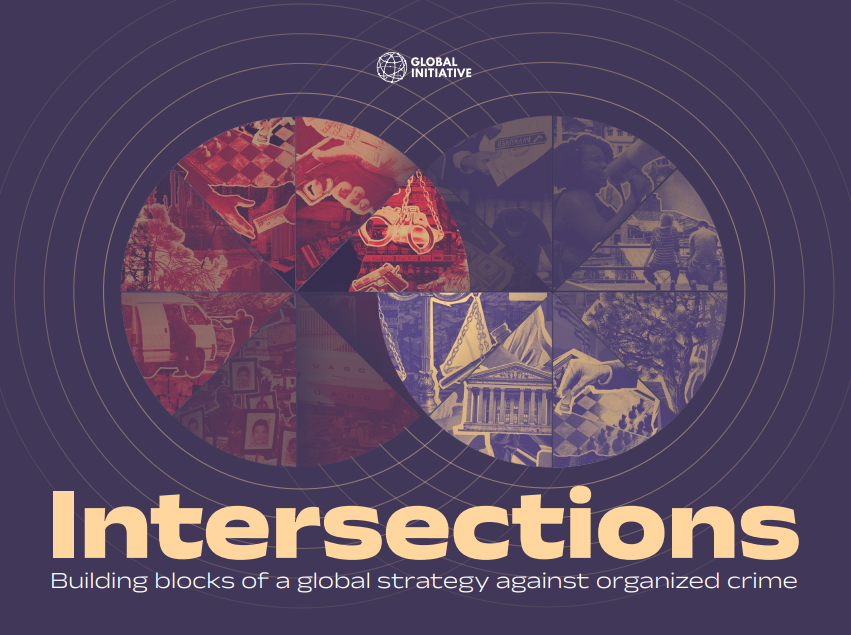Intersections: Building blocks of a global strategy against organized crime
By The Global Initiative Against Transnational Organized Crime
Organized crime has become a threat to international peace and security . It harms so many fundamental aspects of our lives – from governance to the environment and from health and safety to our online activities . As demonstrated by the Global Organized Crime Index 2023, more than 80 per cent of the world’s population live in countries with high levels of criminality, and the problem is getting worse, as the figure below shows. Indeed, over the past few decades the geographical reach, diversity of markets and impact of illicit economies have increased dramatically . Organized crime is manifesting itself in places and ways never seen before . And the omens for the future are menacing.
Currently, there is no global strategy against organized crime. To reduce the harm to our communities and future generations, this needs to change.
Organized crime should not be looked at as an isolated phenomenon. It intersects with global megatrends as well as violent conflict and terrorism. It thrives in a blurry ‘mezzosphere’ – that often ignored zone at the intersection between the criminal underworld and the upperworlds of business and politics.
Since organized crime operates within an ecosystem, it is important to use systems thinking to analyze it and to identify pressure points to disrupt it. It is vital to change the conditions in which illicit economies operate, rather than just pursue criminal actors. Therefore, in addition to changing market forces and drying up the pool of potential offenders it is important to change attitudes and behaviours.
This report builds on the successes – and failures – of past interventions aimed at countering organized crime and reducing its negative impacts on communities and states. Much that is in the report may not be new to some readers, but what is new is the intersections it seeks to highlight in the responses to organized crime. Additionally, the report seeks to open up the debate, so that voices of other stakeholders – civil society, law enforcement, local communities and the private sector – are also included to work together to counter and strengthen resilience to organized crime.
Geneva, SWIT: The Global Initiative Against Transnational Organized Crime, 2024. 102p.


